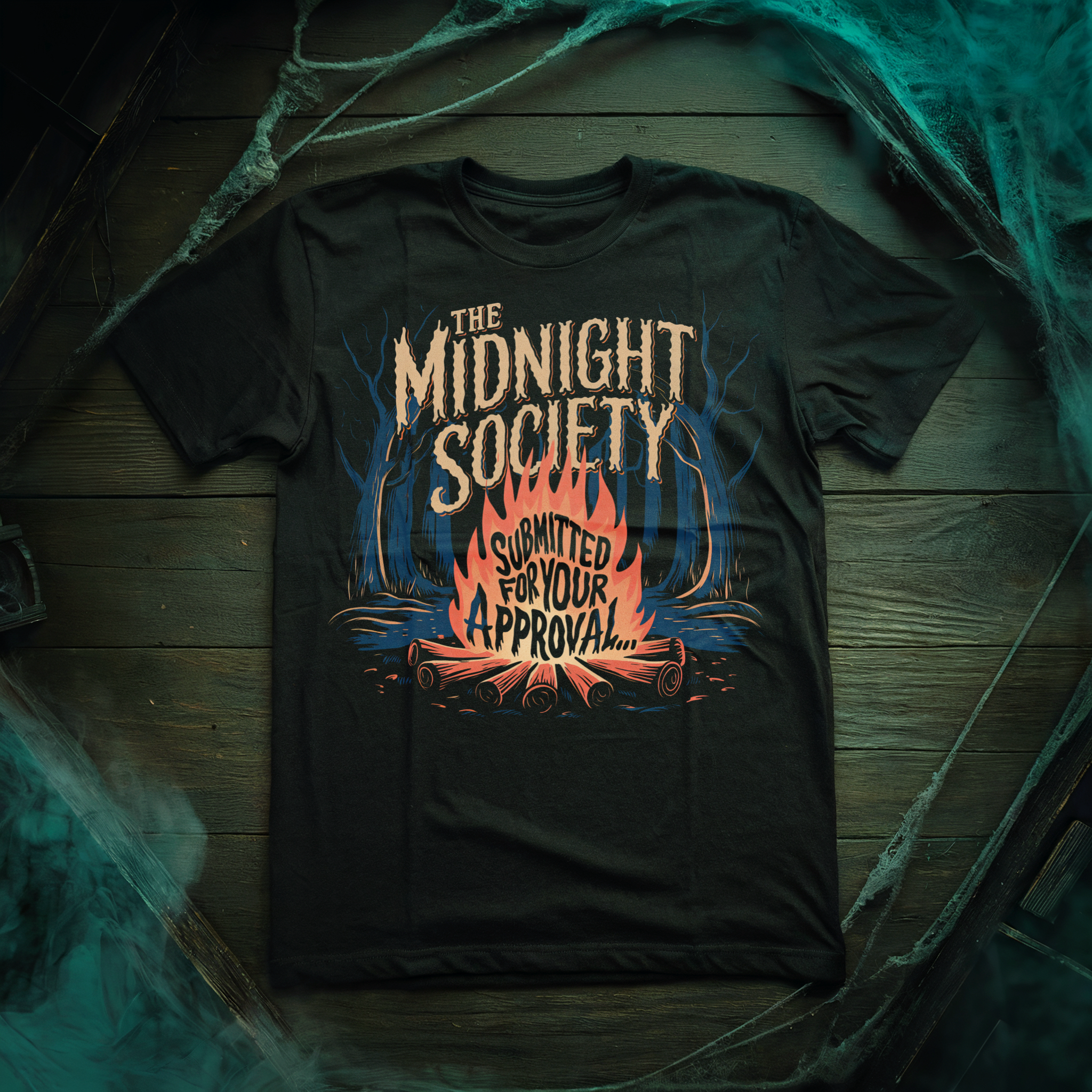Do you miss traveling after months of isolation? Don’t you just wish you could close your eyes, think of a beautiful natural paradise, and travel there with the power of your mind? Then you might envy the abilities of the female lead in the psychological thriller Parallax, though such power comes with a great price. The movie is written and directed by Michael W. Bachochin, his sophomore feature following God Forgive Us in 2014.
Naomi (Naomi Prentice) wakes up one day not recognizing her surroundings or the stranger in her bed claiming to be her fiancé. In her waking life, Naomi feels like she’s in a dream, but when she goes to sleep, she has vivid nightmares of drowning. Her fiancé Lucas (Nelson Ritthaler) is desperately trying to figure out what’s wrong with Naomi, consulting psychiatrists and neurologists, who diagnose her condition as early dementia. But there might be something more that no one is telling her.
Trying to recapture a sense of her former life, Naomi takes to painting, and is somehow able to transport her mind to whatever landscape she puts on the canvas. In these worlds, she meets Mikayla (Hattie Smith), who claims they were very close in the past, before Lucas was in the picture. Eager to learn more, Naomi takes frequent trips to the realm within her mind. But she’s unable to stay there long. After a period of time, she begins to seizure, and bleeds from her nose, mouth and ears, only to wake up back in her home. Is there something Lucas is hiding from her? Is what she’s experiencing real? Or is it an illusion, or a computer simulation experiment? Naomi falls deeper and deeper down the rabbit hole, exploring different levels of her consciousness, searching for the truth.
Throughout the movie, we hear a voice-over monologue from Naomi, spewing poetic and existential nonsense in the absence of answers. The first half is slow and dreamlike, and the lines are blurred between an uncertain present and fragments of a forgotten past. Nearing the end of the movie, those lines become more glitchy, erratically cutting from scene to scene like a scratched DVD. The story takes a while to pick up, and I felt myself losing interest, but past the hour-mark, more and more is revealed in rapid succession, and my desire to know more was reinvigorated. The second part of Parallax requires your concentration and your brain needs to be on. It’s not something you can watch while consuming half a dozen alcoholic beverages. I found myself rewinding certain parts because I felt I wasn’t fully understanding what was happening, in the same way when you absent-mindedly read a page in a book, only to restart at the top of the same page because you realize you haven’t retained any of the information.
The story was a bit confusing at times. I imagine that when Bachochin was writing the script, he probably hoped to have a bigger budget than he ended up with. There’s a lack of special effects that would have amplified the experience, and the ending is especially unsatisfying after so much build up.
Despite its limited budget, Parallax looks great. The picture is bright, and each scene is framed perfectly. Most of the action takes place in a single house (the director’s, possibly?), with the exception of the natural locations that Naomi transports to, like the desert, ocean side or in the forest. Wide open natural scenes far from civilization don’t require a filming permit to capture. The underwater scenes are particularly breathtaking, showing Naomi in a white dress sinking in slow motion.
The film is heavily character-driven, as Naomi tries to reconnect with Lucas with no memory of their relationship. Naomi Prentice navigates through her performance, switching from a calm, collected anxiety to hysterical confusion. Both her and Nelson Ritthaler have a familiar look and charm, though I’ve never seen them act in anything else. By the looks of their filmography, this is probably the biggest project they’ve been a part of. But based on their performances, I think Parallax will open the door to more opportunities.
Parallax is similar to movies like Jacob’s Ladder (1990) and the Matrix, where the very fabric of reality can’t be trusted. There’s not a lot on the surface that will pull in viewers; it doesn’t have the appeal of a midnight movie that can be enjoyed in a room full of thrill seekers. Those who do choose to watch it will have to be patient through the first half, and remain concentrated in the second half. I’d say it’s better to watch during the day or in the evening with a partner, so that you can bounce theories about what’s happening off each other, while also shutting up during pivotal dialogue when certain details are revealed.
Parallax was released in theaters on July 10th.





![vlcsnap 2020 02 28 15h47m10s828 [Review] Cerebral Science-Fiction Thriller PARALLAX Requires All Of Your Brain Power 10 vlcsnap 2020 02 28 15h47m10s828](https://nofspodcast.com/wp-content/uploads/2020/07/vlcsnap-2020-02-28-15h47m10s828.jpg)



